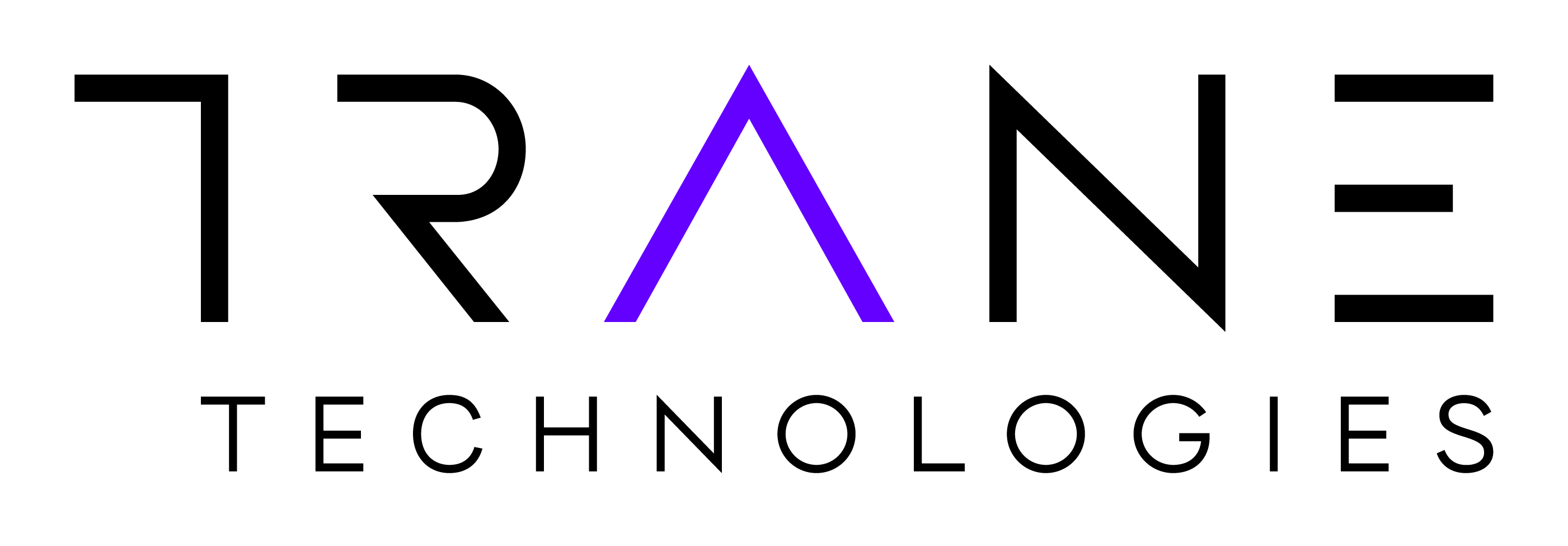COP 23: Leaving the World a Better Place for Generations to Come

This year’s “Conference of the Parties,” or COP, is officially underway. Now in its 23rd year, organizations have an opportunity to understand its purpose and meaning for the public and private sectors.
The COP traces its roots back to the Rio Earth Summit in 1992, which set out a framework for action aimed at avoiding climate impact. Today, the conference boasts a near-universal membership of 196 countries, carrying forward the mission of addressing leading climate issues facing the world.
At COP 21, all of the nations in attendance came together to sign the famous Paris Climate Agreement to combat climate change. Though the recent major news has been the United States withdrawal of the agreement in 2020, the United Nation’s chief climate negotiator Christina Figueres believes the withdrawal has “shored up the world’s resolve on climate action, and for that we can all be grateful.”
The private sector must take a larger stand to work with the world’s organizations, both public and private, to commit to addressing the issues of climate change. This is where forums like COP shine. The conference brings together representatives from countries and private industry to find real solutions.
Leaders from Ingersoll Rand have participated for 10 years. We engage with delegates to ensure country-level delegates have access to the latest information on next-generation technologies and solutions can help them achieve their GHG reduction targets.
In 2014 we made a public Climate Commitment to increase our energy efficiency and minimize our GHG emissions, and we take that commitment just as seriously now as we did then. We’ve already made great progress on our commitments, avoiding approximately 6.7 million metric tons of CO2e, equivalent to the emissions from nearly 700,000 homes’ electricity use for one year.
Our efforts reflect the wider initiatives of the private sector to make a greater push towards sustainability, and our successes demonstrate the difference individual organizations can make. Ingersoll Rand was the first industrial company to acknowledge climate risk in our 10-K filing, and we’ve confirmed plans to re-engineer products for a resource constrained world. We’ve also introduced our EcoWise portfolio: our industry-leading product portfolio that meets customer requirements for energy efficiency while reducing climate and environmental impacts at a significantly improved performance level than alternatives – both our competitors’ products and our legacy products.
However, no matter the size of the company, organizations can take many climate-friendly actions. For example, buildings are responsible for approximately 40 percent of GHG emissions in mature parts of the world, and as much as 80 percent in some developing markets, with heating and cooling accounting for 40 percent of a building’s GHG emissions. That means that heating, ventilation, and air conditioning (HVAC) alone is responsible for somewhere between 16-32 percent of all global GHG emissions. So, imagine if we cut that number in half – that’s what we did in our Climate Commitment – a 50 percent reduction in our HVAC product portfolio. Now, imagine if other companies, in other industries like automotive or food production, did the same thing -- half a dozen leading companies could change the world by changing the conversation for their industry.
As COP 23 gets underway, it is important for the private sector to share insights, learnings and solutions for addressing global environmental issues as well as reflect on how to increase sustainability efforts. The more we magnify this conversation, the sooner we can gain acceptance of climate-friendly actions that will not only have a lasting, positive impact on business, but also change the world.

